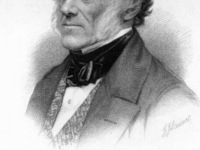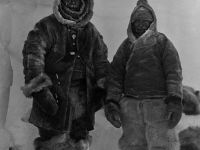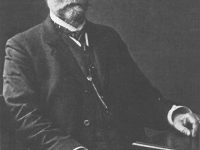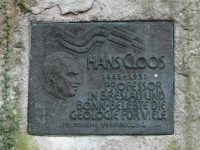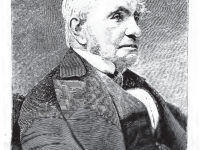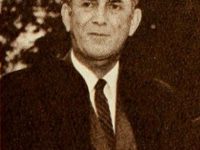Charles Lyell and the Principles of Geology
On November 14, 1797, Charles Lyell, British lawyer and the foremost geologist of his day, was born. Lyell was a close friend to Charles Darwin and is best known as the author of Principles of Geology, which popularized James Hutton‘s concepts of uniformitarianism – the idea that the earth was shaped by the same processes still in operation today. “The form of a coast, the configuration of the interior of a country,…
Read more

